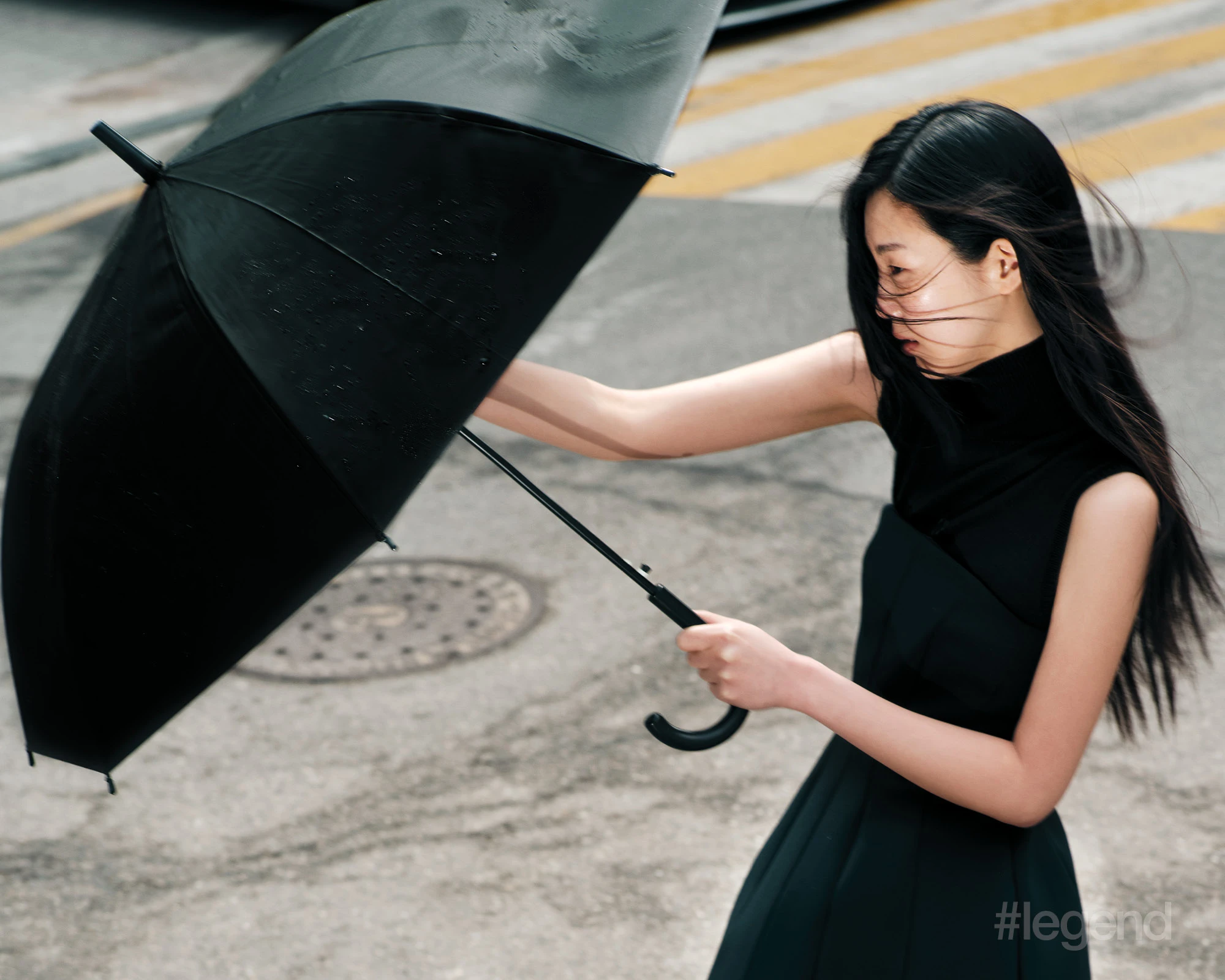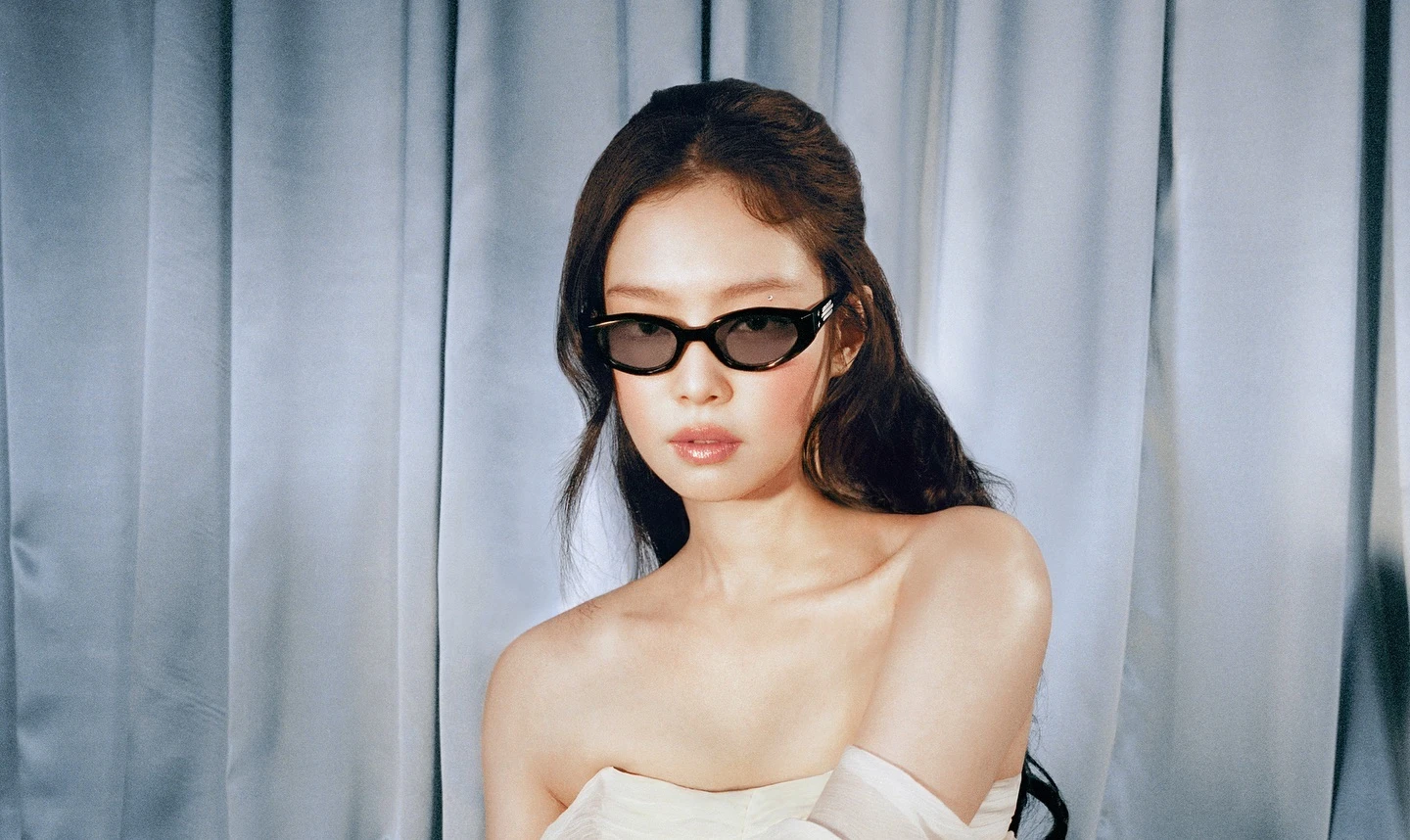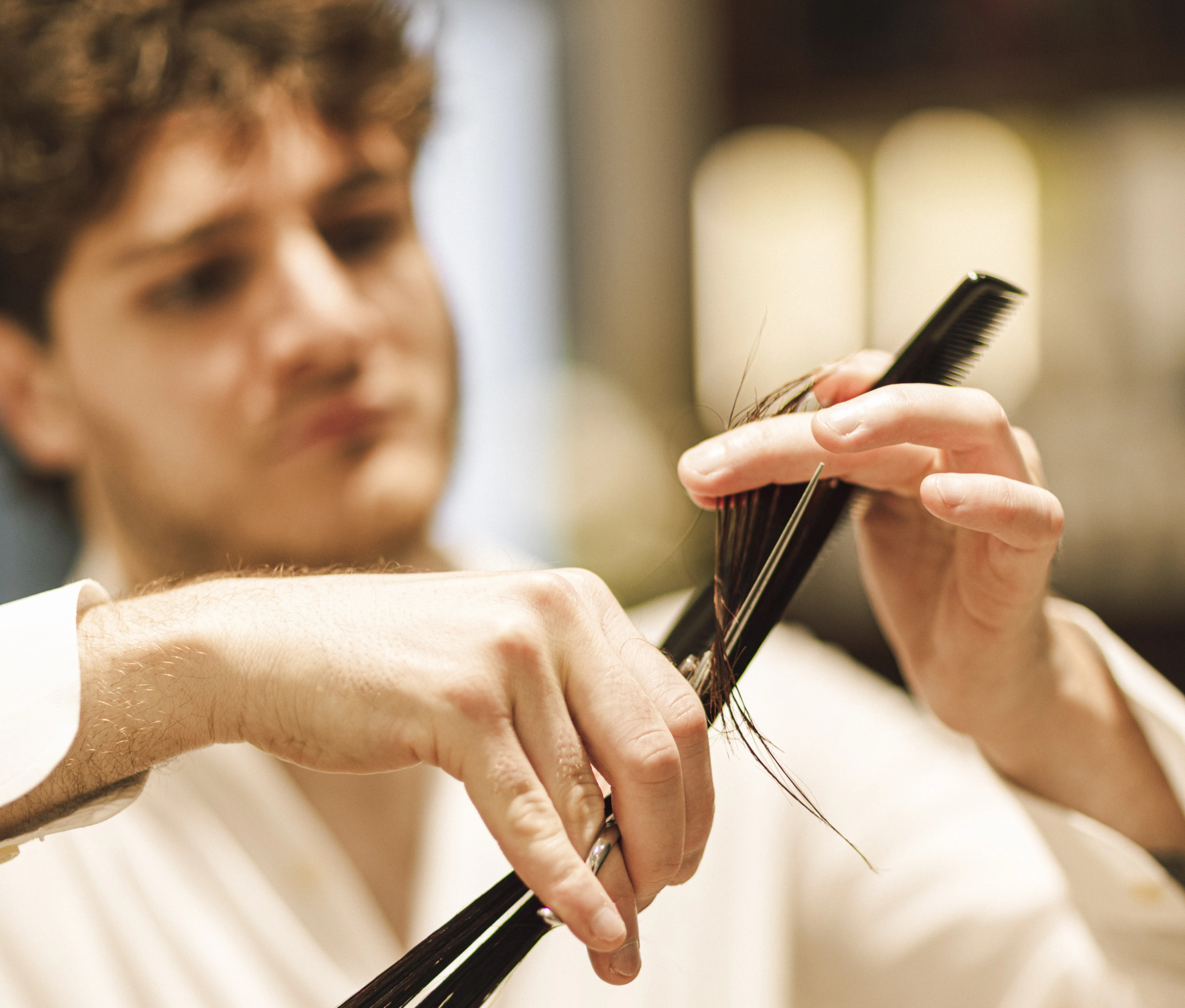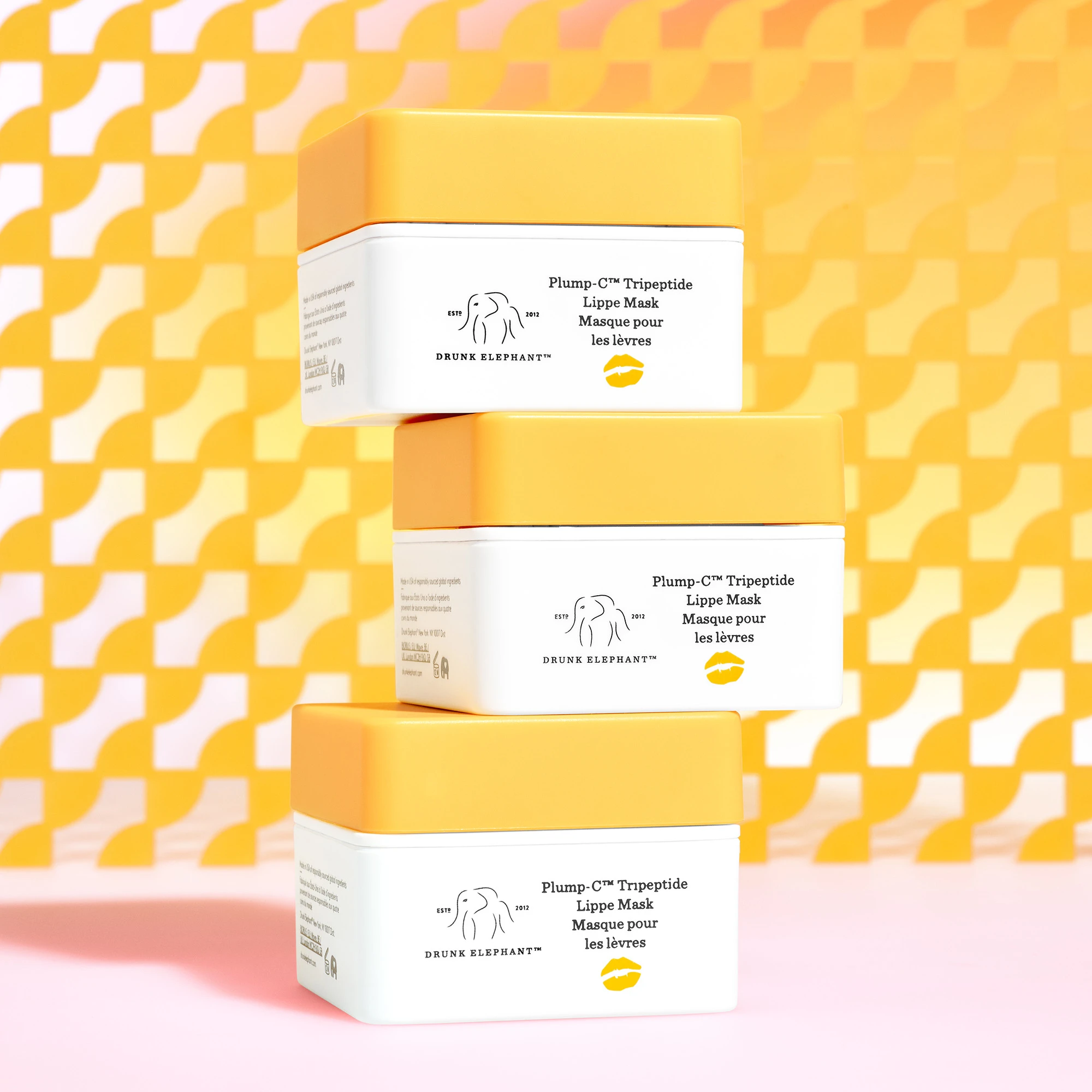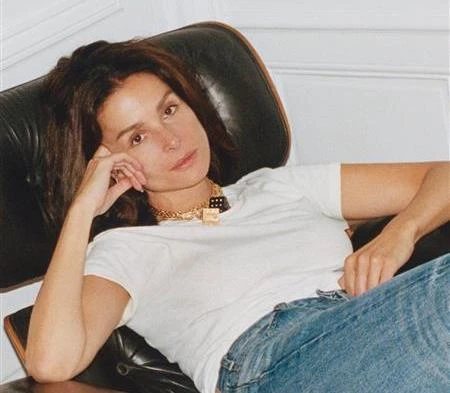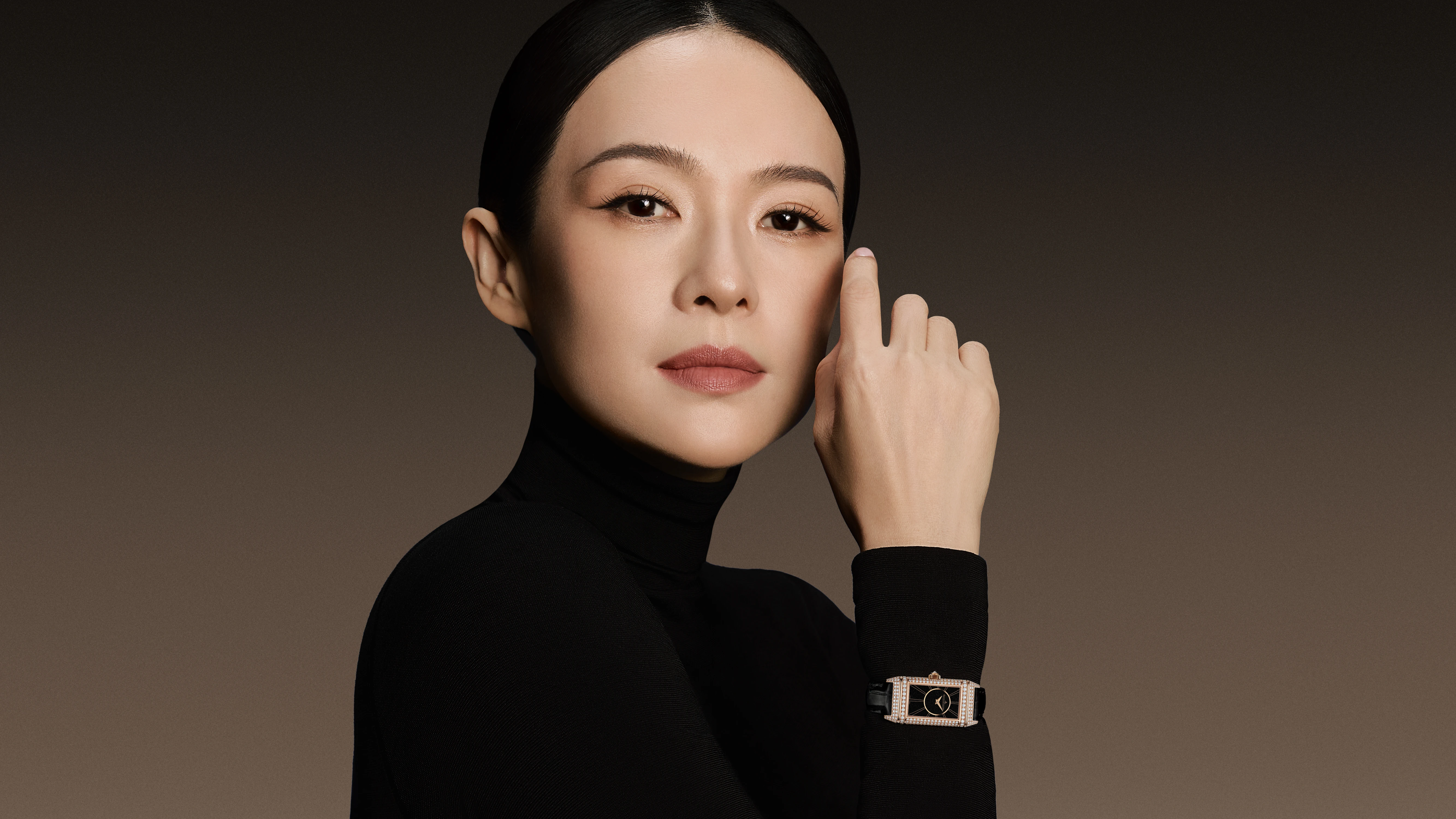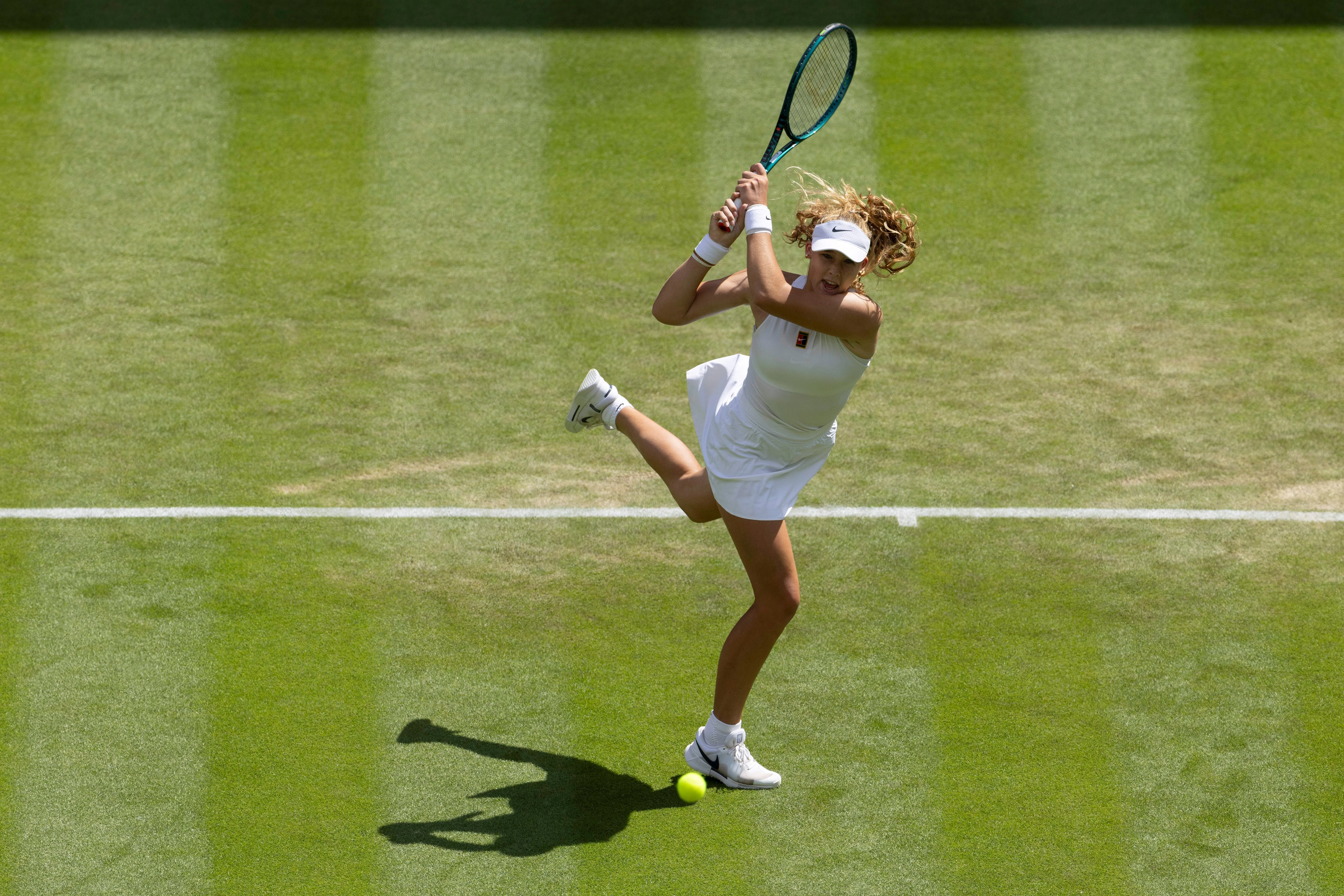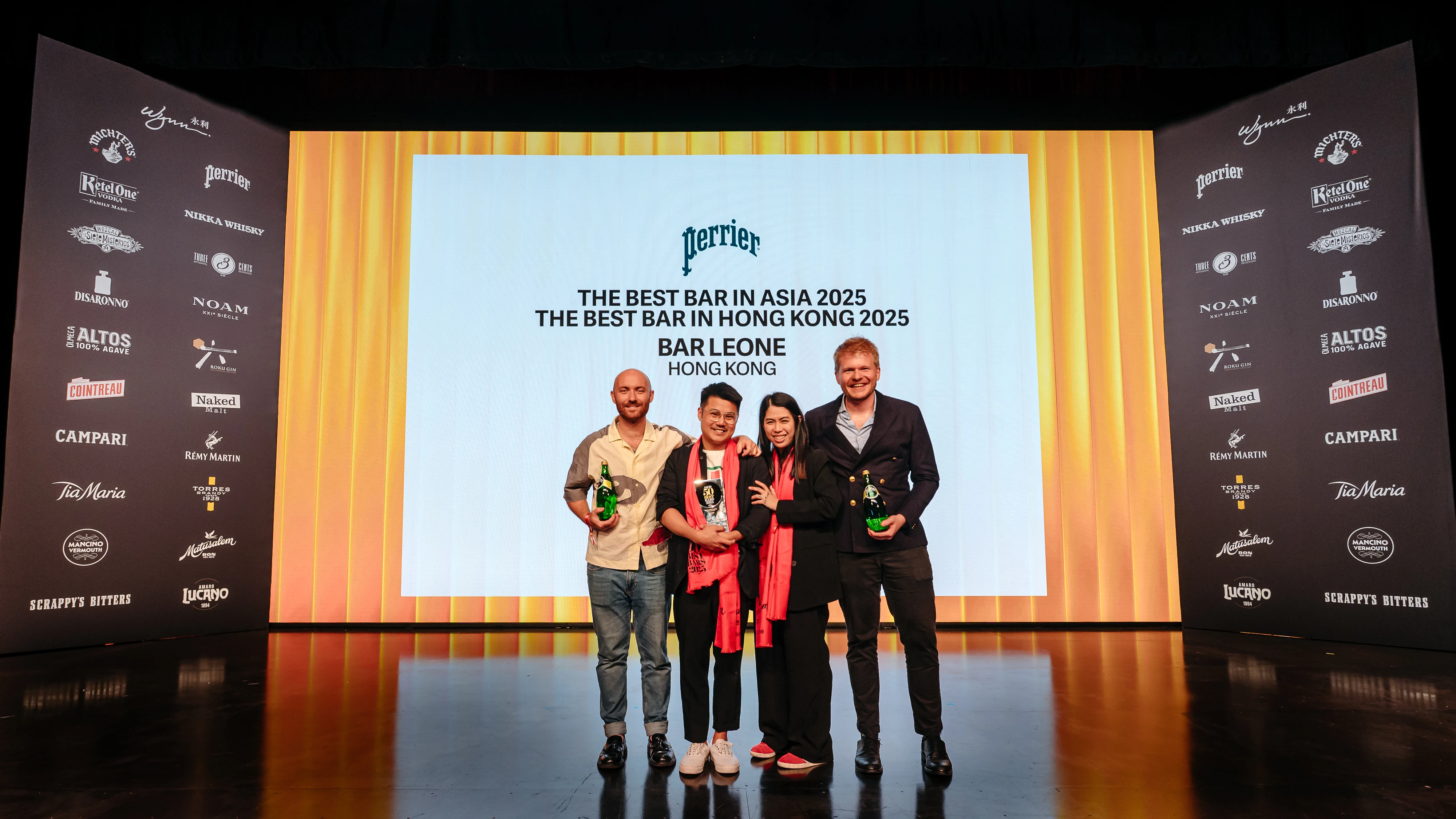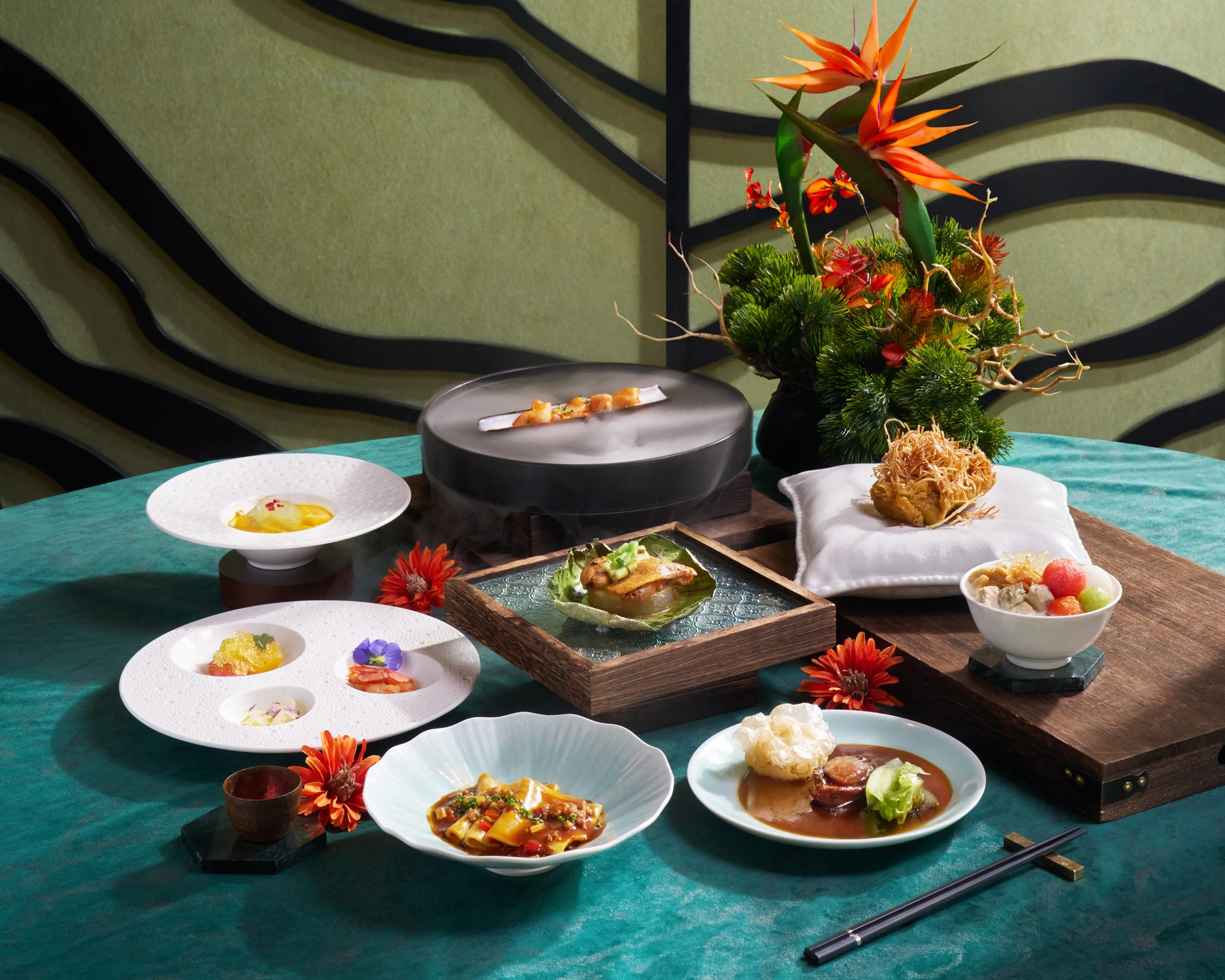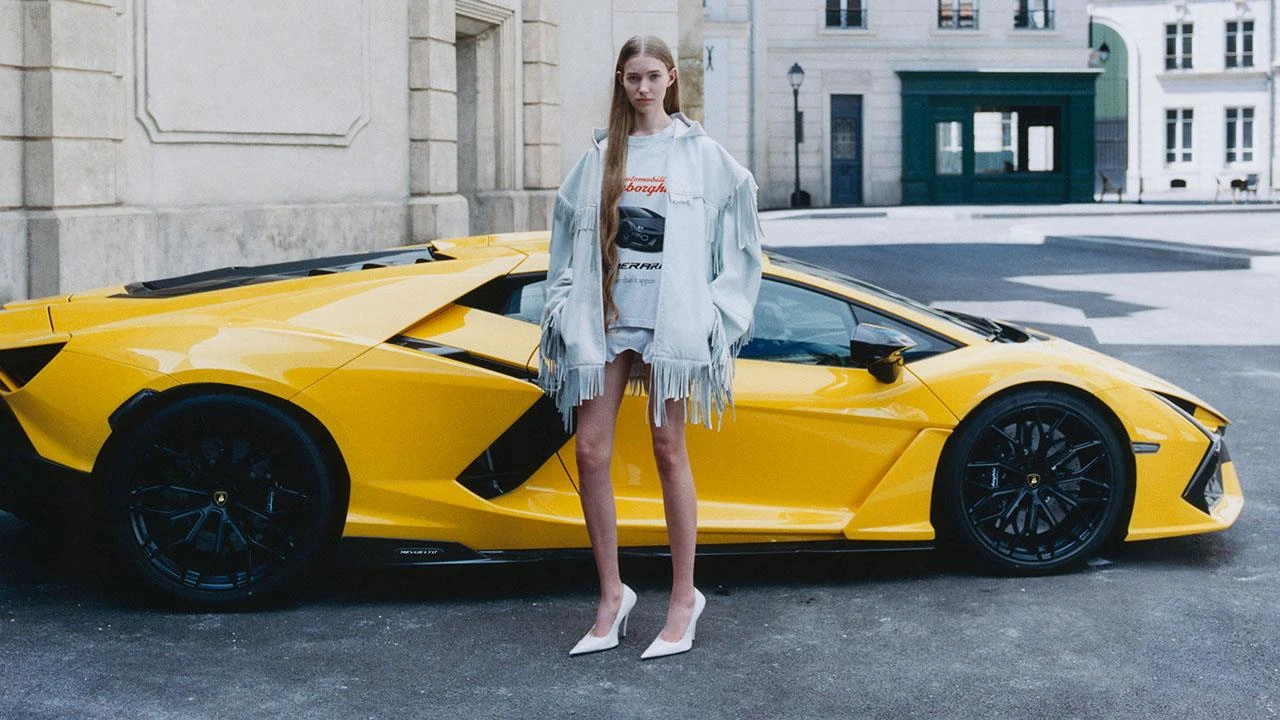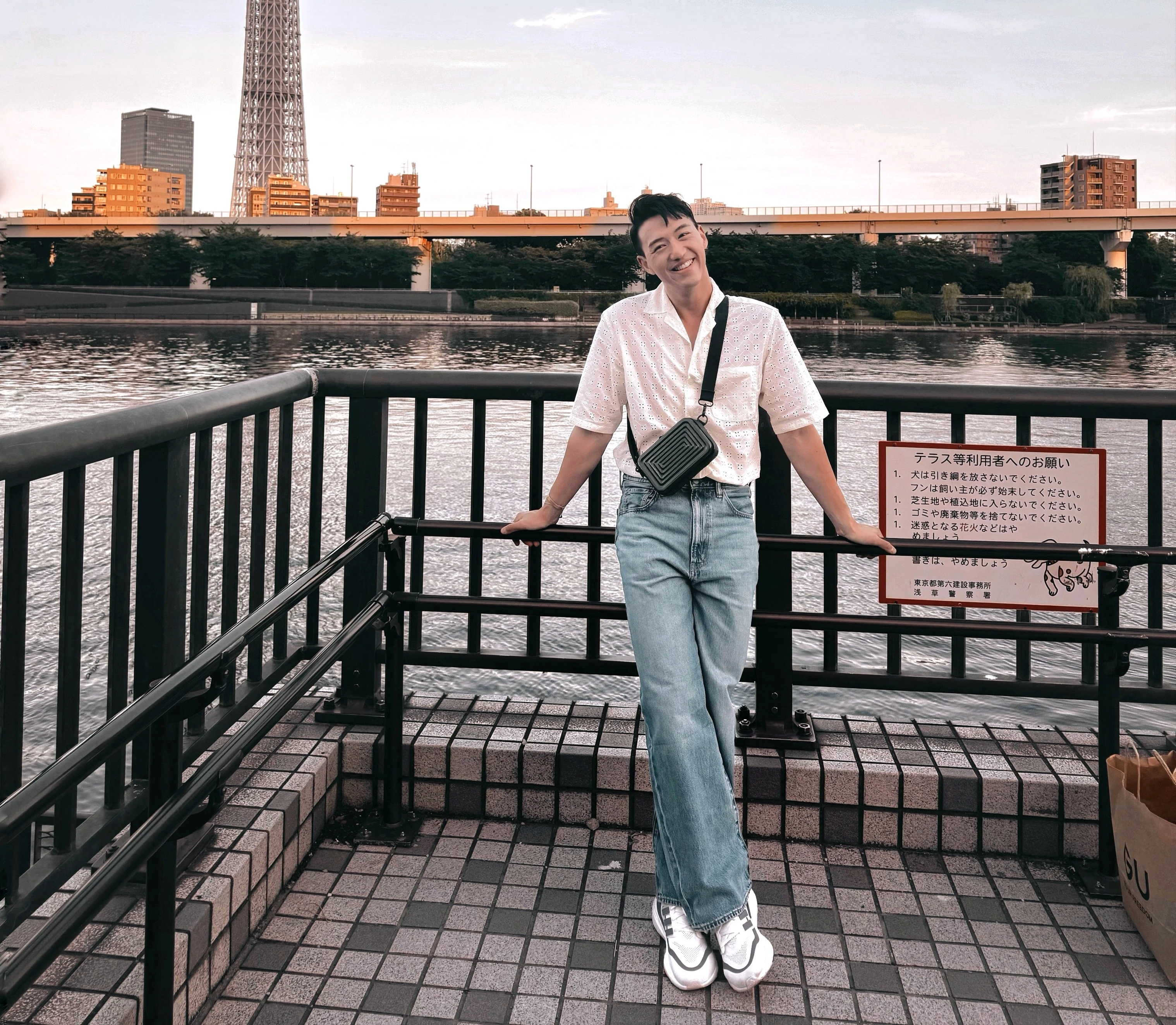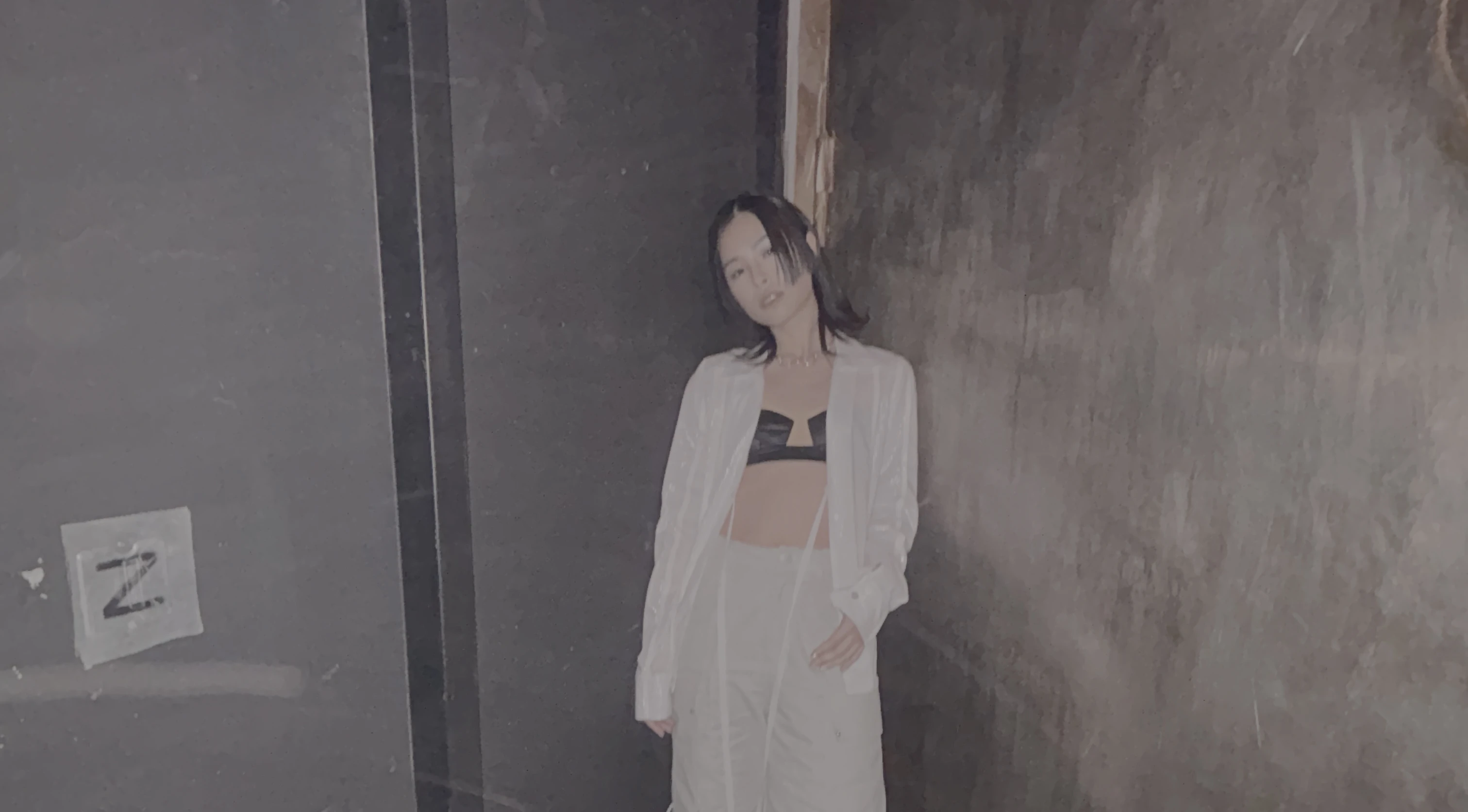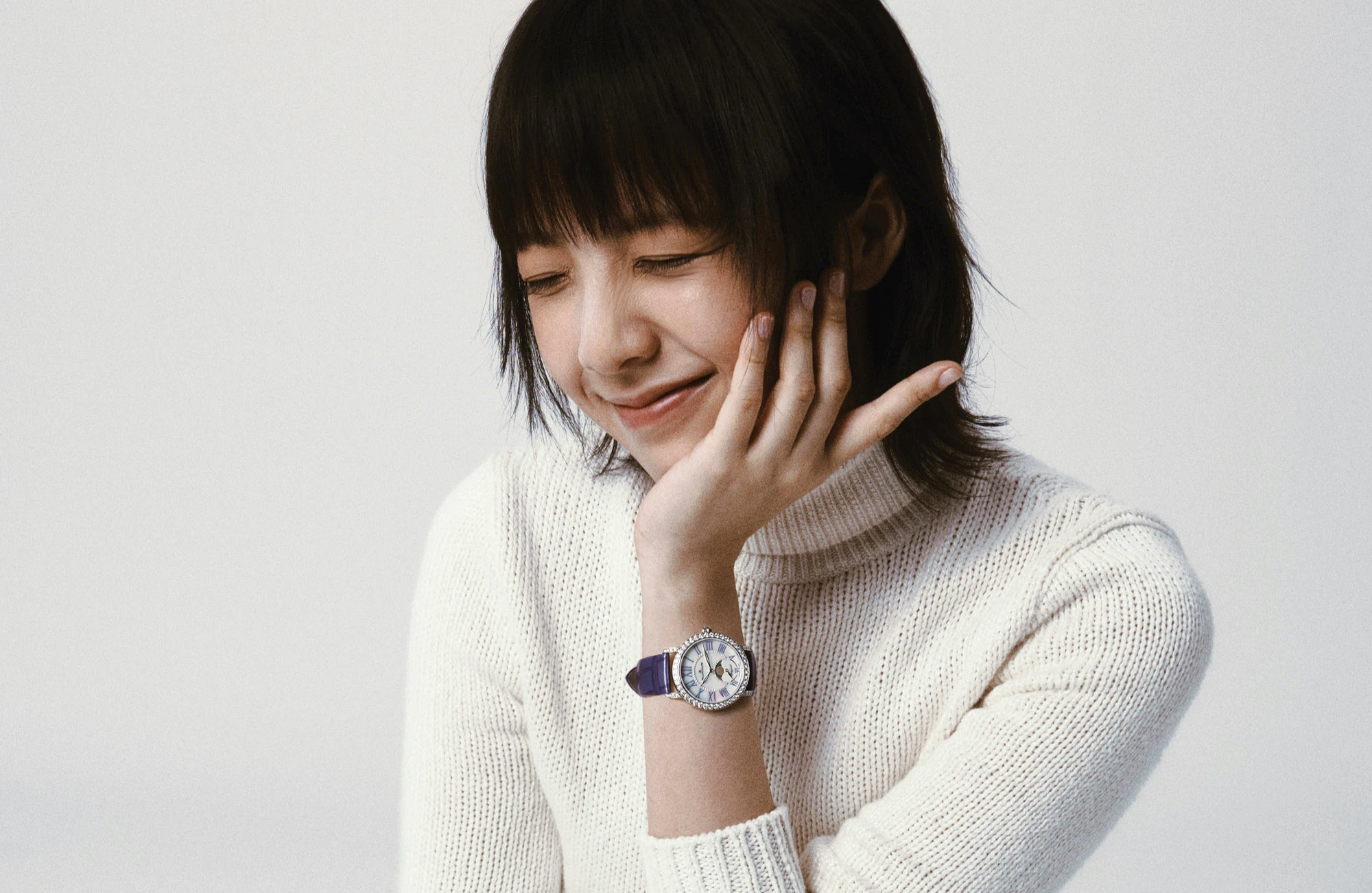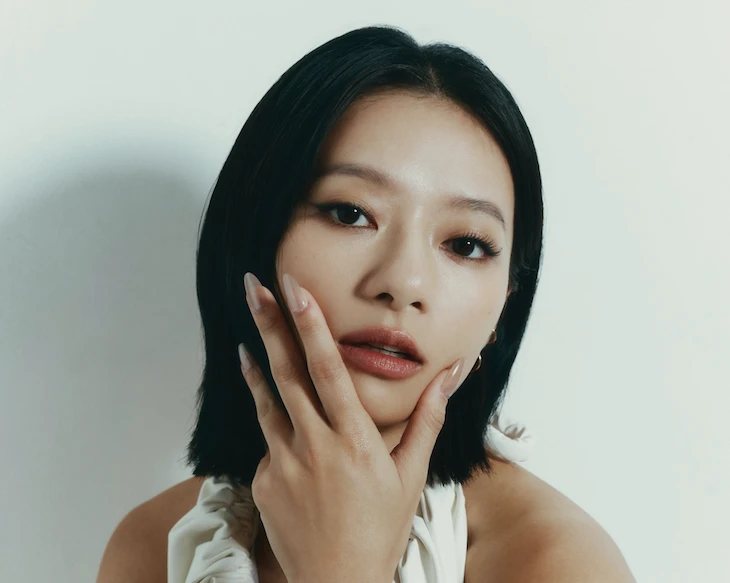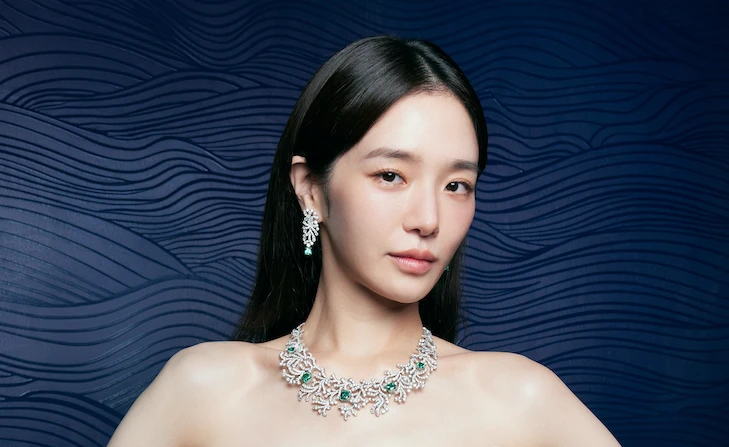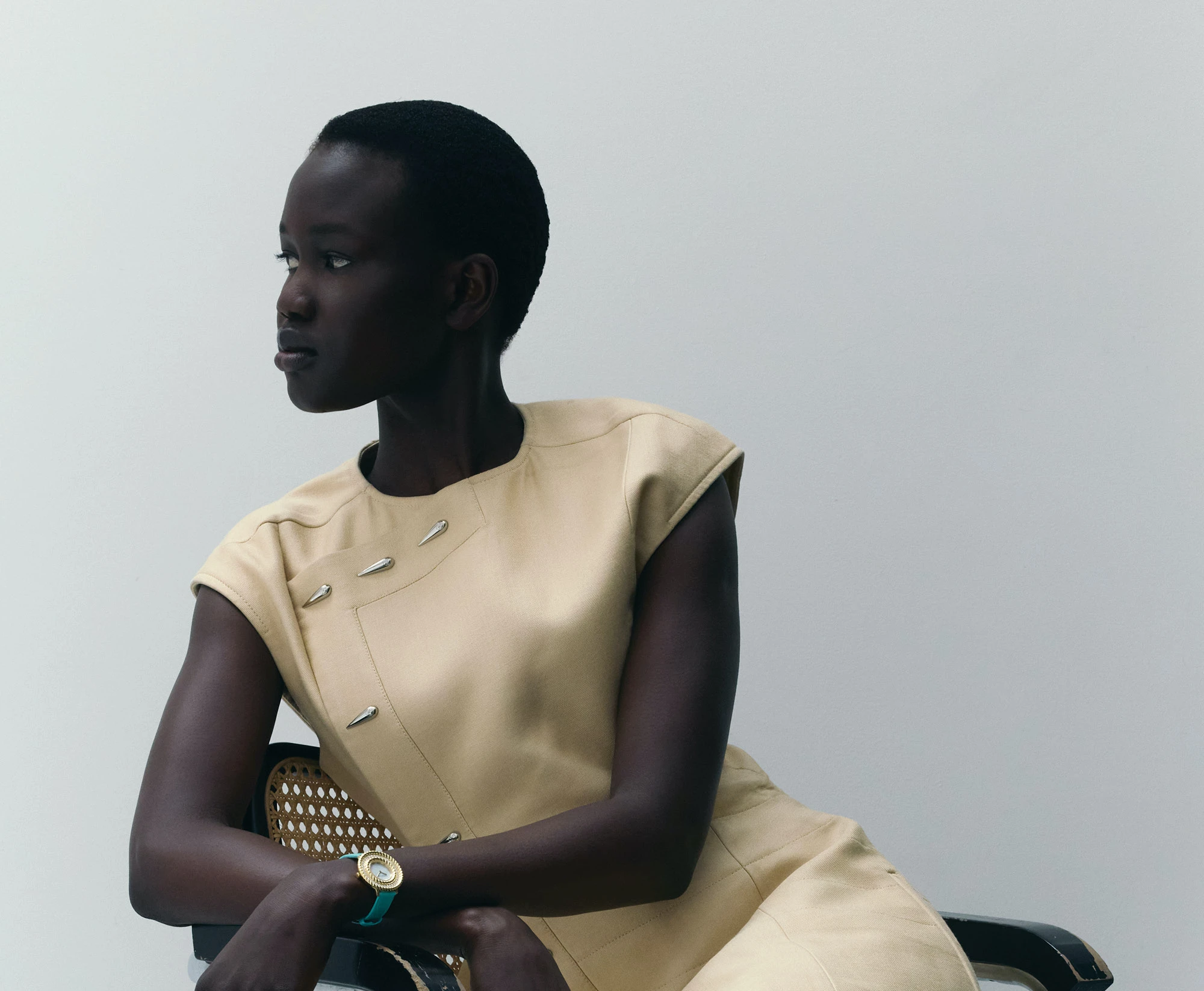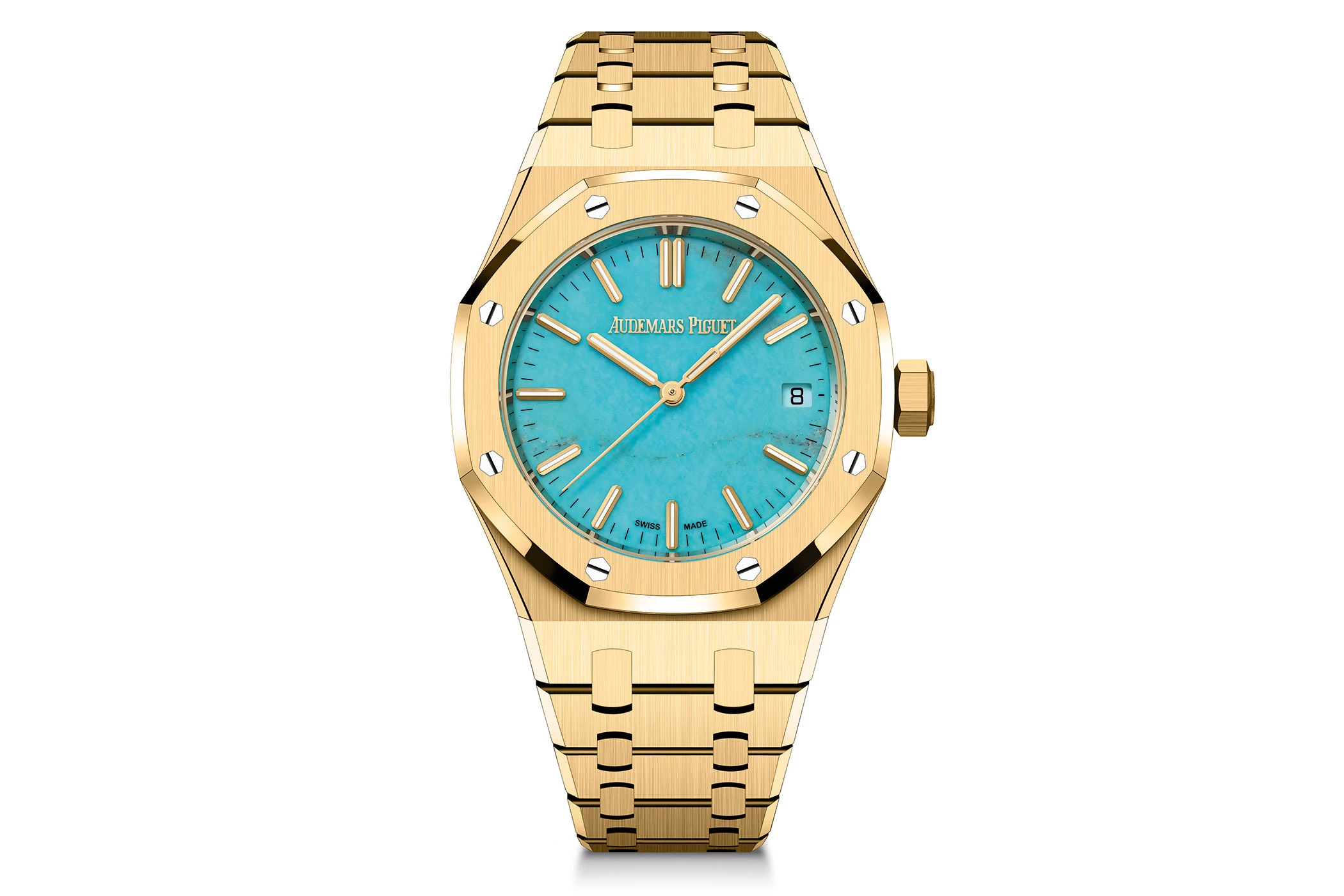Marie Lichtenberg on the success of her jewellery brand
Jul 18, 2025
Experimenting with gold, lockets and Magic 8 Balls, French jewellery designer Marie Lichtenberg has not only embraced a personal passion but also created a wildly successful brand that’s now made its way to Lane Crawford. Germaine Lau hears the story behind her – and her brand’s – meteoric rise
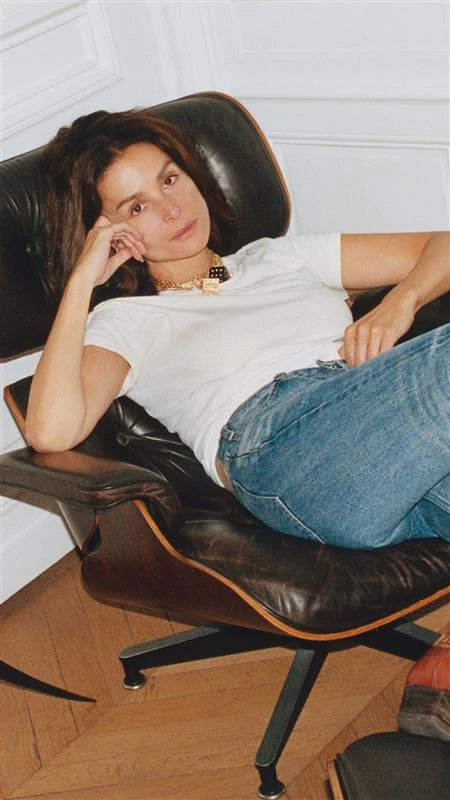
Six years ago, Marie Lichtenberg quit her job as a fashion editor at Elle, left her apartment and walked away from her marriage. She let everything go and started over. What began as a personal reset would evolve into one of the most talked-about jewellery brands of the pandemic era and beyond.
Lichtenberg’s first piece – a 9k gold locket made for her daughter Paloma – was inspired by an heirloom necklace passed down by her own mother. It wasn’t a business plan. It was a love letter, etched simply with the words: “Love you to the moon and back.” That gesture, born out of maternal instinct and sentiment, became the foundation of a brand defined by love, connection and quiet rebellion.

For Lichtenberg, jewellery was never just adornment. “As far as I can remember, I’ve only loved jewellery,” she says. Her mother collected vintage jewellery and raised her in antique shops and markets. It was part of the fabric of her childhood. Still, she never imagined it could be
a career. “No one in my family worked in the jewellery business. I never thought it could be my job. Never ever.”
That changed in an instant. “One day, my life just switched.” Having left everything behind, she finally gave herself permission to pursue a long-held dream. “I’d always wanted to make jewellery, but I was too shy.”
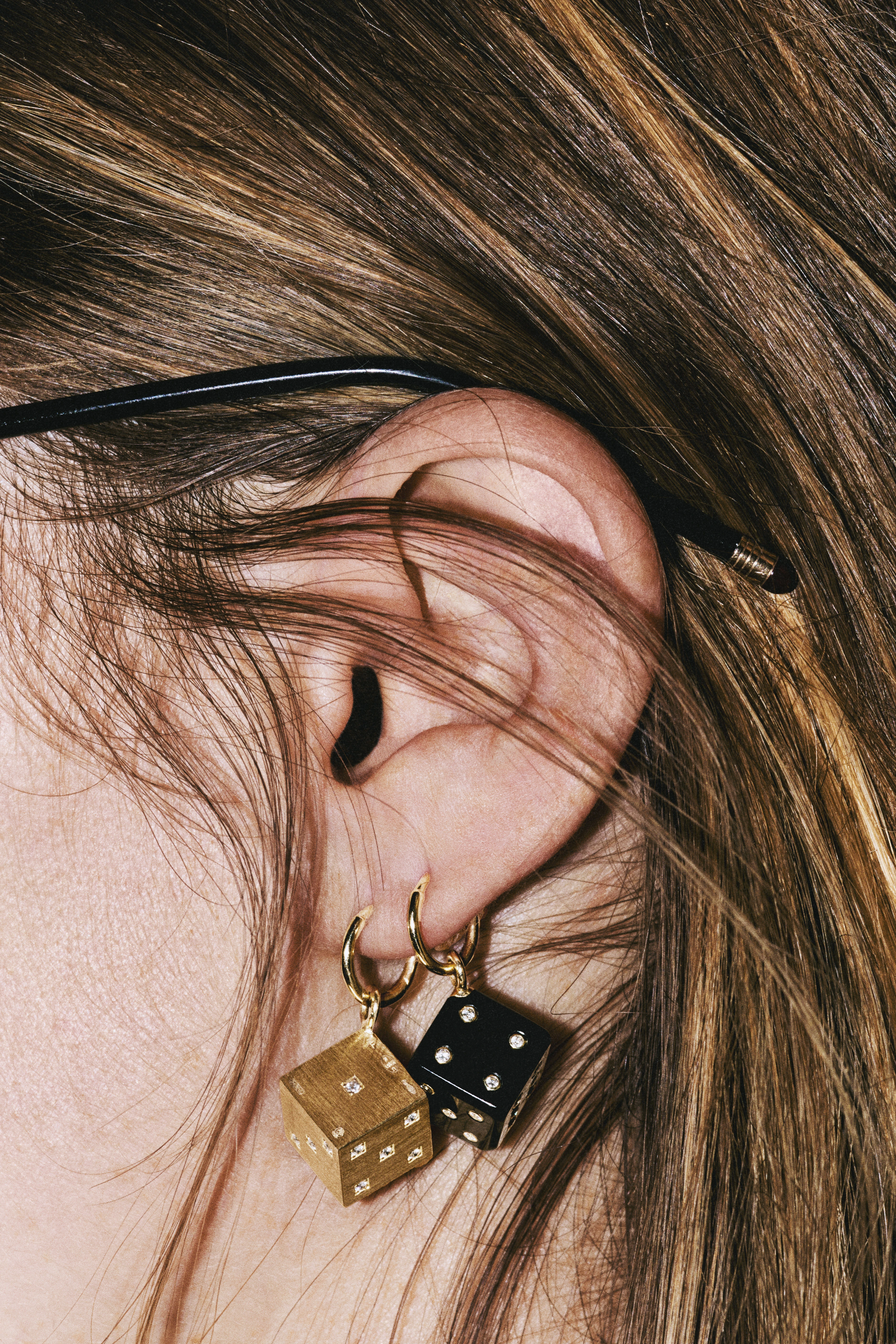
That first locket, created in Mumbai with the help of a few friends, wasn’t made with profit in mind. “I just wanted to make something for my daughter,” Lichtenberg says. The design, inspired by a Creole chain her mother gave her at 14, carried more than aesthetic value – it
was symbolic. For her family from Martinique and in Afro-Caribbean culture, Creole chains represented emancipation and strength. The locket’s design was “a twisted kind of interpretation for my daughter,” she explains, a modern heirloom and portable token of love and memory.
When Lichtenberg posted the finished piece on Instagram, it went viral. Within two days, she had 40 orders – and no inventory. “It was never supposed to be a brand,” she says again, this time with a smile. “It just came like ... magic.”
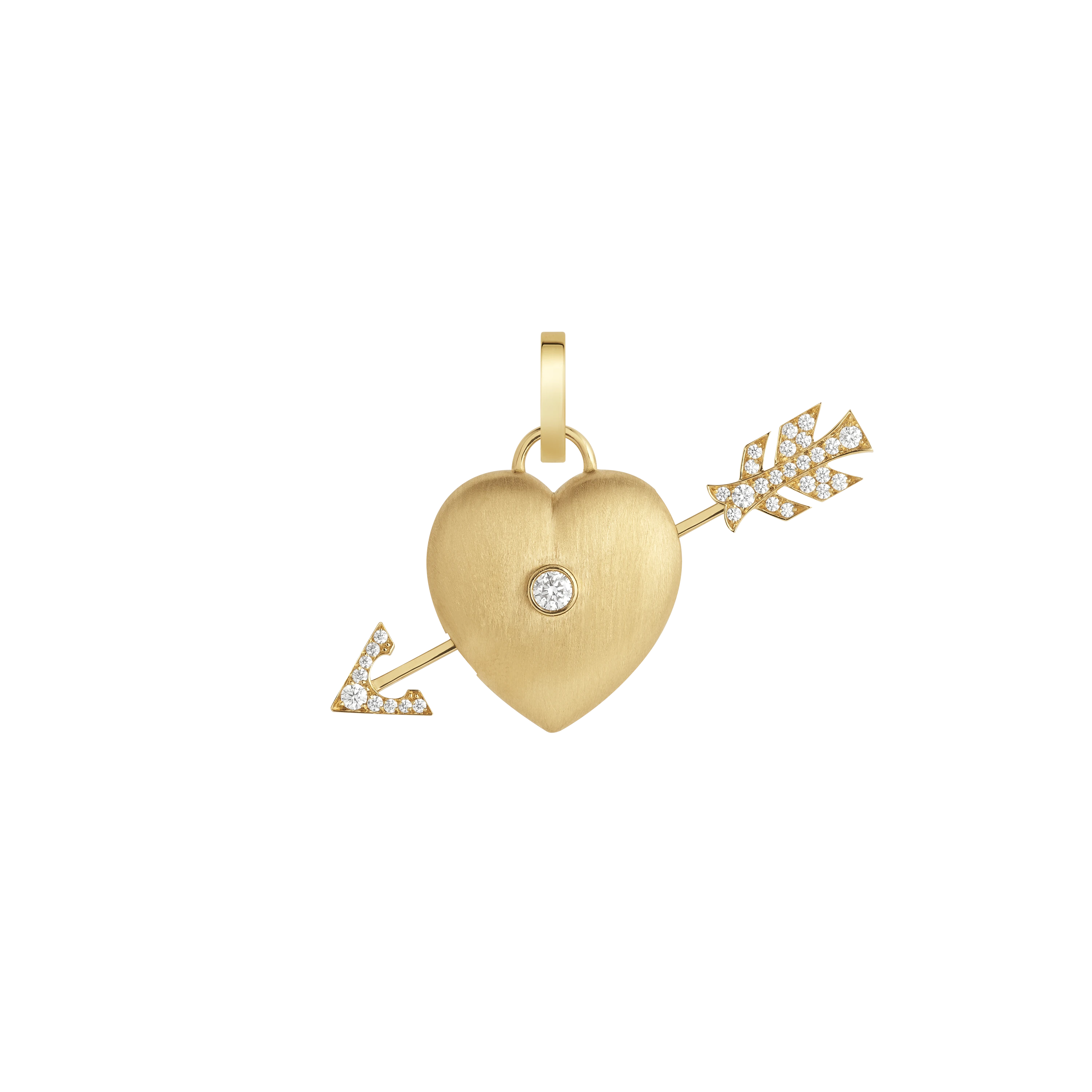
As demand grew, so did the challenges. Within the first six months, counterfeit versions of Lichtenberg’s designs began to circulate. “I got scared, but in the best way,” she says. Instead of backing down, she pushed forward by creating more pieces, refining her designs and making them harder to copy. The following year, she took it a step further and launched Rai’zin, a limited, lower-priced sub-brand she proudly calls “the perfect counterfeit”, crafted with the same care and attention to detail as her main line.
This bold response reflects her core ethos: to be “irreverent with savoir faire.” Lichtenberg designs and wears jewellery with a sense of play and rebellion while understanding the need to know the best techniques, best craftsmanship and best ateliers as she remains unafraid to challenge convention, bringing her boldest ideas to life with precision and skill.
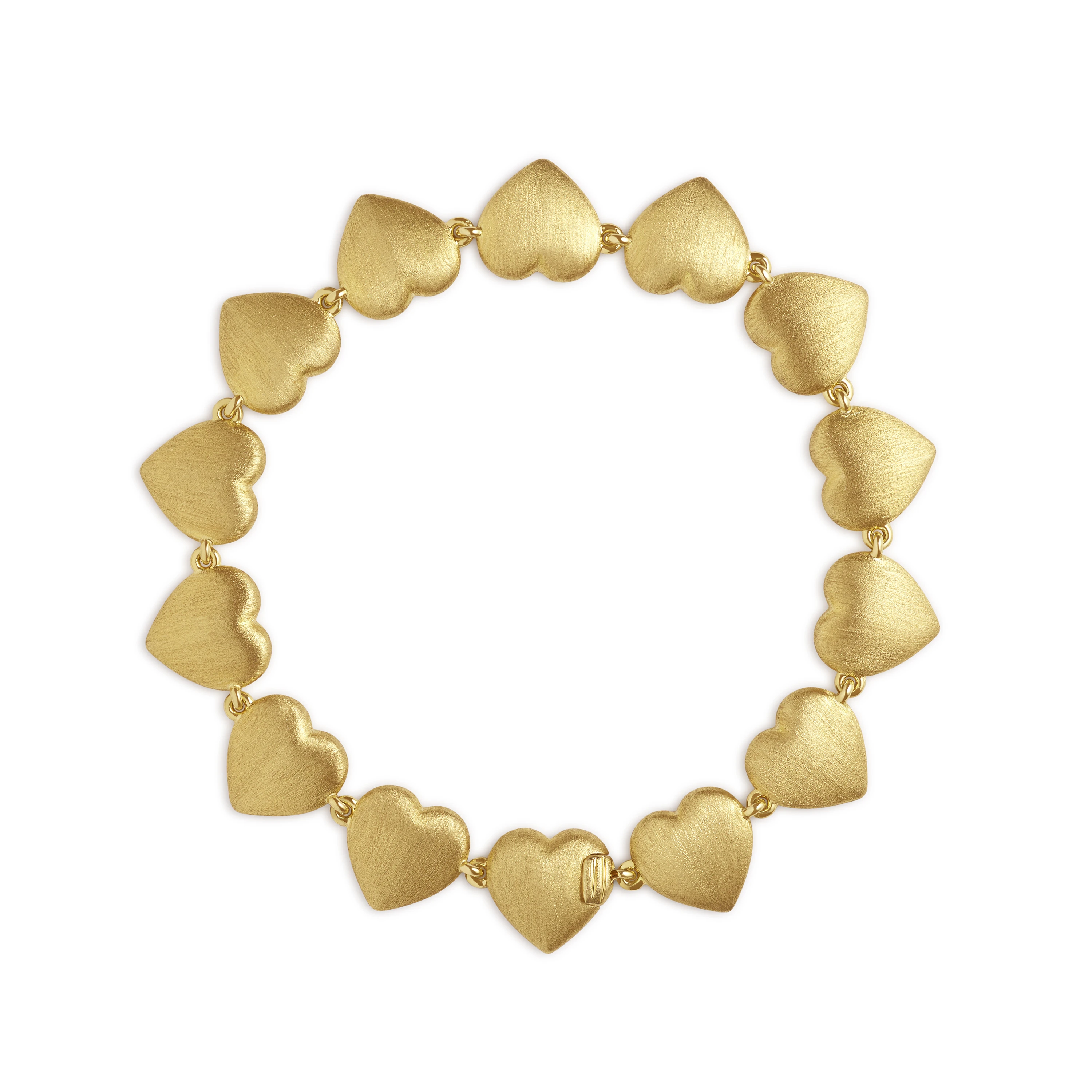
“You push” is how she describes the brand as it expands into different areas, like a recent collaboration with Mattel to create Magic 8 Ball necklaces. This ambitious spirit is summed up in a single mantra: “You say yes to everything, you don’t sleep for years, you do your best.” That relentlessness has become part of the brand’s DNA – an energy grounded not in strategy, but in passion and instinct. Lichtenberg is still learning, still figuring it out, and that sense of creative discovery shapes everything she makes.
As a designer, Lichtenberg envisions each piece fully before production – sometimes sketching, sometimes describing it in detail to her technical team. She always knows exactly what she wants. And even now, with a brand that continues to grow, she resists falling into patterns. “There’s no recipe,” she says. “You have to stay true to yourself, even when you’re learning as you go.”
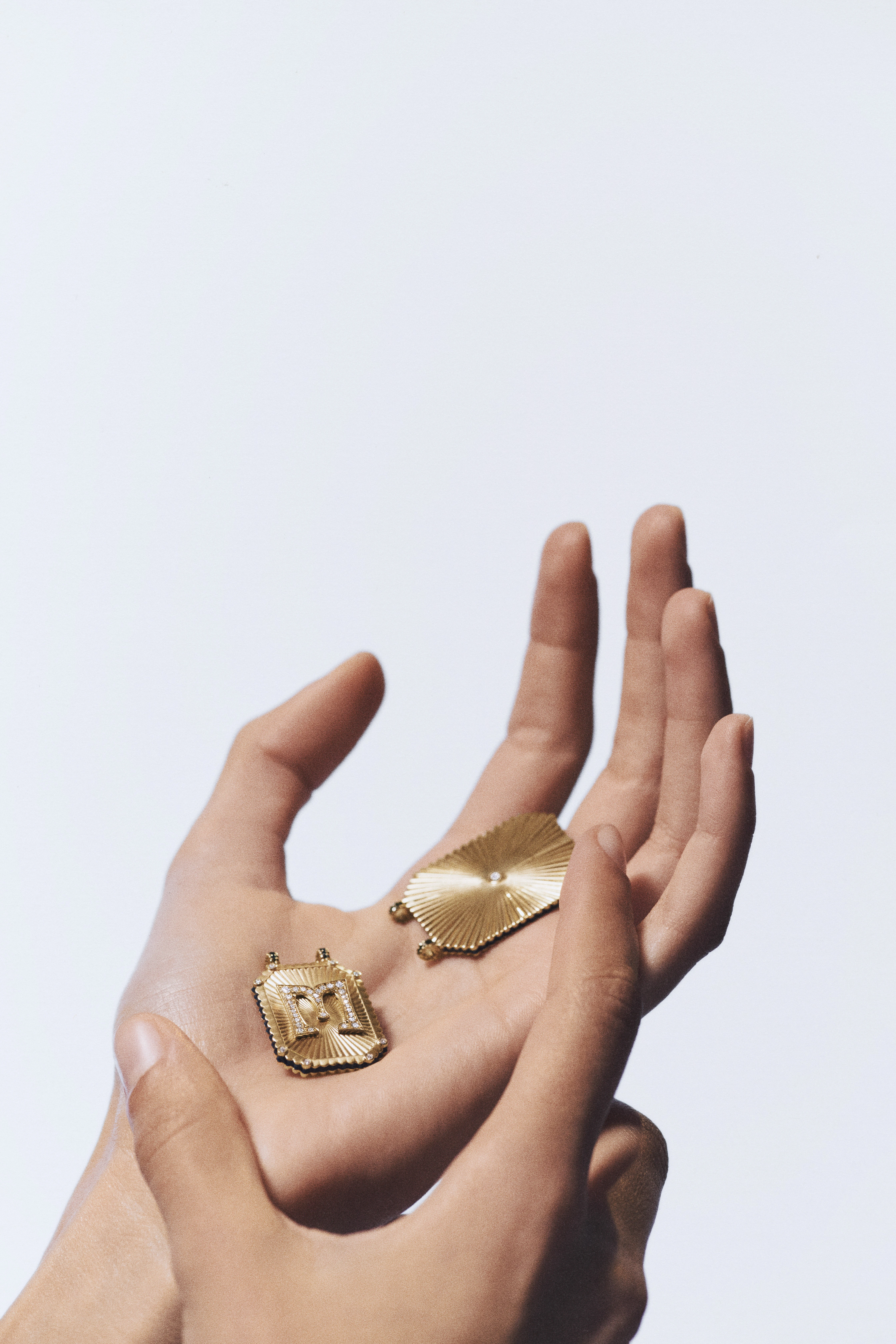
Asked where she sees herself in five years, Lichtenberg laughs. “Doing Botox somewhere for sure.” Then, her tone softens. “If we’re still here, alive, in five years, that would be perfect.” She isn’t chasing perfection or permanence – just the chance to keep creating, keep evolving. “I just want to keep learning.”
And maybe that’s the quiet promise behind every locket she makes: that transformation, like love, is never finished.
Also see: Zhang Ziyi on style, watches and being a Jaeger-LeCoultre ambassador



